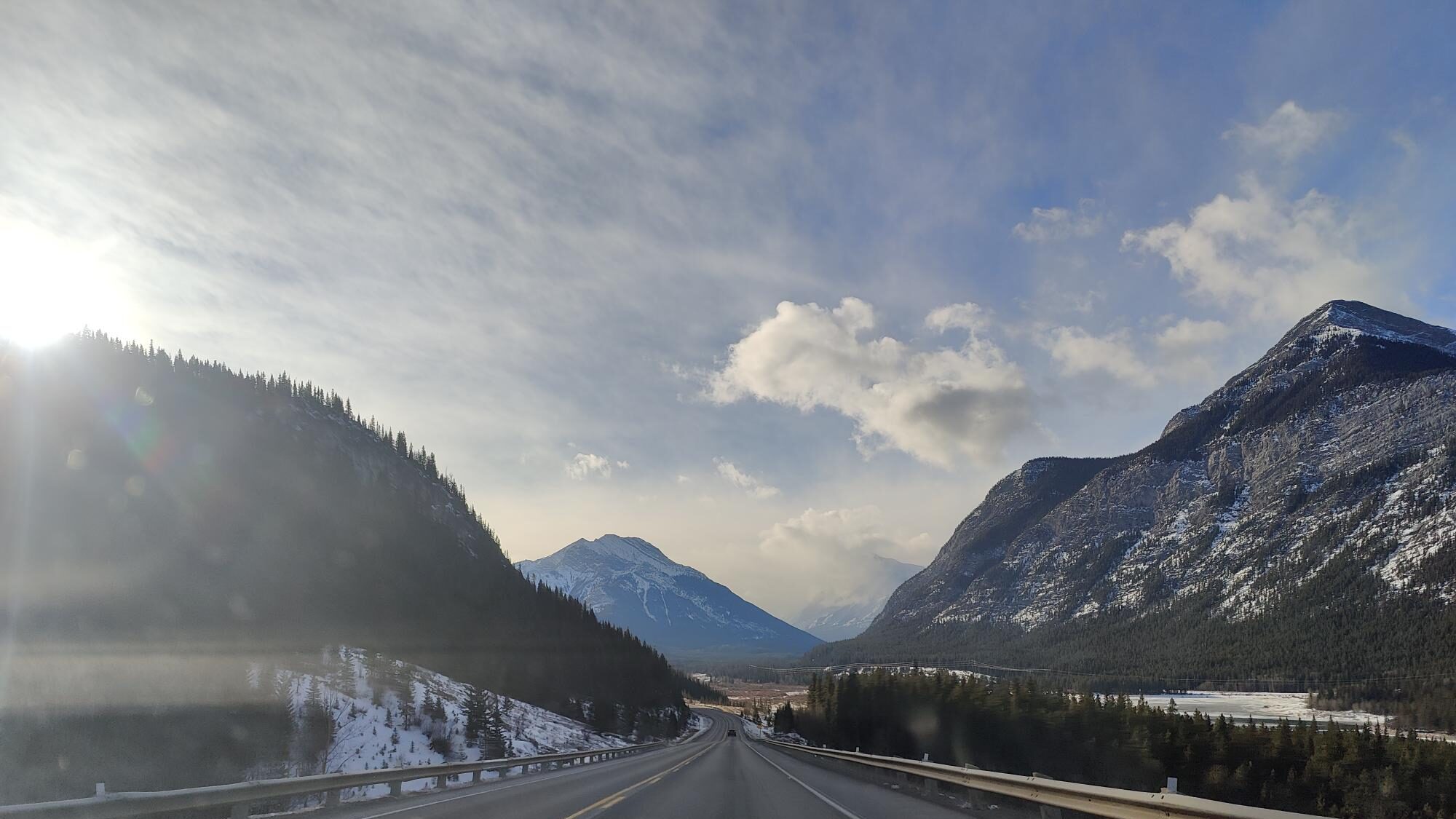A recent article on an academic conference devoted to Taylor Swift prompted some discussion online. The article by Emily Yahr was posted on Dec 26, 2023, here:
https://www.washingtonpost.com/entertainment/2023/12/26/taylor-swift-eras-conference-academic/
My response was as follows:
I felt similarly perhaps 15-20 years ago when a college offered a semester length course on the topic of Lady Gaga, and I was aghast, but then I kinda got out of it.
Taylor Swift is no different in this regard, though I think the Swifties are more of a force than the Monster ever were.
But that’s the thing: the fact that both of them have a fanbase large enough to be a) identified by name and b) make an impact beyond the pop music sphere warrants the study.
And it’s not like pop-culture focused conferences are a new thing. From the article:
“One academic told her that, after speaking at events focused on Bob Dylan, Nirvana and the Beatles, they were thrilled to discuss a prominent female artist.”
… so there is this, at least, with expanding the scope of artists that can be discussed.
I think that’s pretty swell.
(And in the interest of full disclosure, I’ve presented on pop-culture related topics academically at the PCA before, as well as several Games Studies and Film Studies conferences before.)
I think there’s value in the conference though. The budget is usually pretty minimal, relatively speaking, from my experience with a couple organizing committees. It let’s the researchers get some reps in too, which honestly can be invaluable.
And obviously there is *something* going on with the Swift and her fanbase, so a bit of scrutiny isn’t a bad thing, even if I’m not on board with Lacanian interpretations of Swift’s Folklore either.
(Or anything Lacanian,tbh.)
When it comes to the utility of examining, pop-culture, I’ll grab a quote by Bruce Sterling from a couple decades past:
“The most fertile ground for analyzing motives is pop culture – not because pop culture is deep, but because it’s so shallow. It’s where those wishes and longings are most nakedly evident” (Sterling , 2002, pxii-xiii).
It was informative when I was looking at the role of #ScienceFiction back in the early Double-Ohs. It’s still solid now.
This whole subject was on my to-do list for the podcast a couple episodes from now. Look for an episode titled “The Old Man and the River” in the new year. I’ll link back to this when it gets posted.


